
2013 national competition project | Library Redesign #093
History:
Design of East High School began in 1965, and the finished school was not opened until 1967. Renovations occurred in 1997, with newer additions including the weight room and additional athletic areas. Significant changes occurred in the school commons, when the commons were renovated from exterior to interior, with the addition of enclosed courtyards on either side of the entrance to the commons. In 2009, additional renovations occurred in the auditorium, cafeteria, and administrative offices, which allowed for accommodation of a larger student body. These renovations added additional windows and lighting throughout the building to add more natural lighting and an open, comfortable atmosphere. The school included seventh through twelfth grades until 1995, when it was restricted to only grades nine through twelve. The current school population is estimated at 1,460 students. Despite many other areas of the school undergoing renovations, the library has been largely untouched. The library is in need of dire renovations to better integrate technology effectively into the space as technology is a vital staple of modern life and education.
Design Problem:
While other areas of the school have been recently renovated, other areas are in dire need of modernization and effective integration of technology. Currently, the layout of computer resources is very confining and inefficient. High traffic areas in the library are blocked by computer tables and bookshelves. Staff mentioned issues with the layout in respect to the numerous load bearing structural columns in the space, making mobility difficult. Many students have complained that the library has a very oppressive, uncomfortable atmosphere, with numerous individuals citing the lack of comfortable seating and drab color palette. Coupled with the location of the library in the heart of the building, absence of natural lighting makes the atmosphere “unwelcoming”. These problems are evident in the small numbers of students who frequent the library for purposes aside from computer usage. This problem contributes to extreme inconsistencies throughout the space in utilization, with many computer areas very busy, while back office areas and spaces toward the front of the library underused.
Design Solution:
With my design, I plan to stay true to an International Modernist aesthetic, to complement the school’s construction in 1967. One important aspect of the space to reevaluate is the high-traffic areas, which currently impede flow of students and activity. One important improvement to be made is to make the space more open, making the environment more inviting and comfortable. The computers need to be more spread out through the library, to alleviate some of the congestion within the space. Tables housing computers should be circular in shape, to allow each student an ample amount of space to move about and place their belongings at their feet. Shelf spacing can also be altered to create “study spaces” for students to work and collaborate together. One interesting design would be to design the shelves in semi-circular shapes, and to place circular tables and couches in the center to add to an organic aesthetic. One of the primary goals of this project is to foster a collaborative, comfortable learning environment. An inviting library will draw students together to utilize a quiet, productive learning and study environment. I plan to use brighter colors, separated tables and computer work stations, and additional seating to make the space more relaxing and efficient.
As many students primarily utilize laptops for studying, it would be very useful to have tables with outlets set up for students with laptops. Often, students have difficulty finding places to charge and use their laptops where they will be able to work productively and comfortably. If students had more access to bring their own laptops, it would also cut down congestion in the computer labs and free up space for other students. Having separate areas designated for laptop users would help to cut down on the high traffic areas around computer tables.
I would also like to make the space flow and integrate with the outside environment, since the space is so isolated and confined in the interior of the building. Utilizing the courtyards to allow for student access could be modified to integrate outdoor study areas to be available when weather is pleasant. This will also include additional lighting, allowing for a greater variety of options for a “greener” design through use of natural lighting to alleviate some of the dependence upon artificial lighting and heating systems. Use of “green walls” will help to purify air within the space, as well as integrate the space with the courtyard in a way which is aesthetically pleasing. Integrating the library with the commons area will also encourage students to utilize the library as a place to study and work, and will make the space feel more open. Utilization of this space will allow for additional spaces for students to gather, as well as more options for seating and accommodation for common functions of the current commons, such as staff and club meetings. The ceiling of the commons is high enough to accommodate a small second floor, which could house additional book shelves and study areas, away from the activity of the commons, opening spaces for more computers in the central library area.
In reference to the load bearing pillars, these pillars can be better integrated into the overall design of the library by using them as centers around which to position desks and computers. This will open up additional spaces for library traffic, and the circular design will allow for optimal amounts of space for each individual to work. The circulation desk should also be more centrally located in the library, as it serves as a “hub” of activity. It plan to redesign it in a circular shape, to allow students to access it from all sides, alleviating additional wait times for assistance. Integration of a self-check out system will also help to lessen the workload of the library staff, and allow them to dedicate more time to helping students find books and use computer programs for their classes. These reconstructed pillars and circulation desk will also give the library a more sophisticated, modern feel, and add some more organic shapes into an otherwise geometric, almost industrial feel. Use of pillars can also be applied in the space to help influence and control movement of students, to try and alleviate the high traffic areas of the space.
All of the aforementioned improvements will give the students more opportunities to find an accommodating space that is comfortable for them individually, in which to pursue success academically. Use of the library can, in some cases, be linked strongly to student success, and also gives them important research skills that they will rely on in pursuit of high education.
.png)


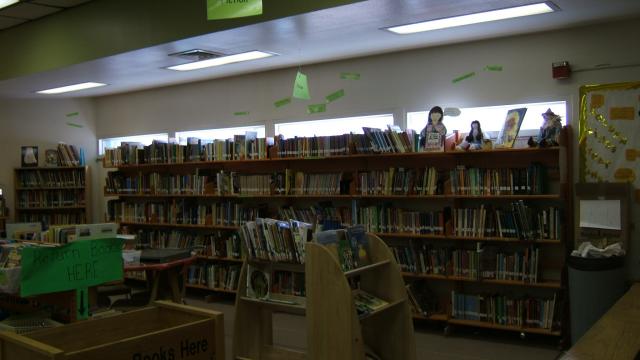
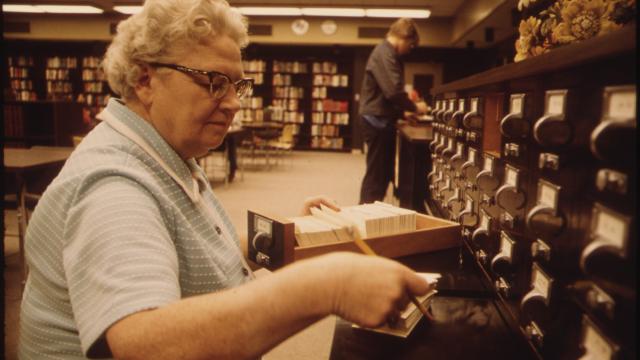

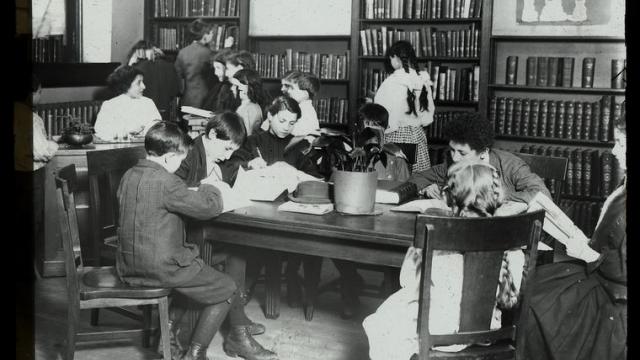
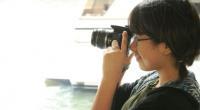








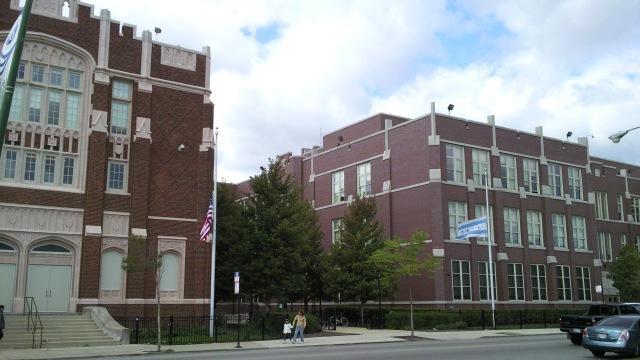
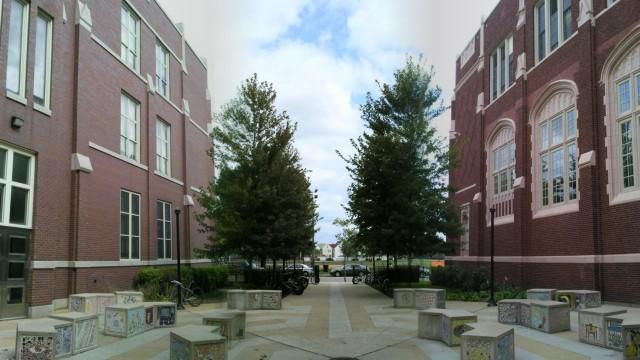
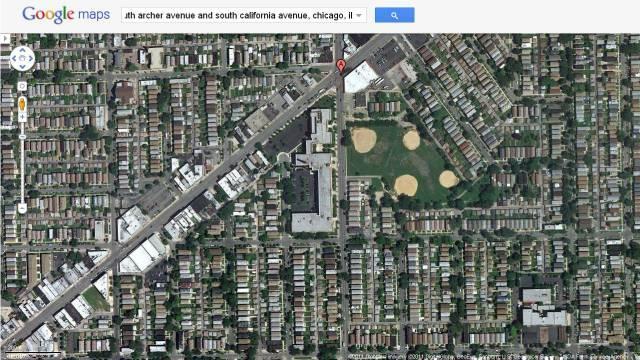
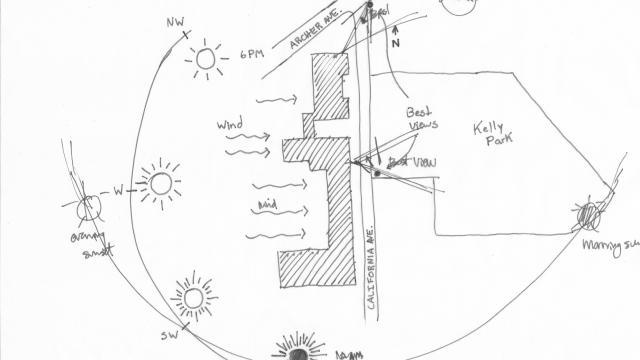
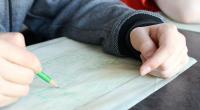









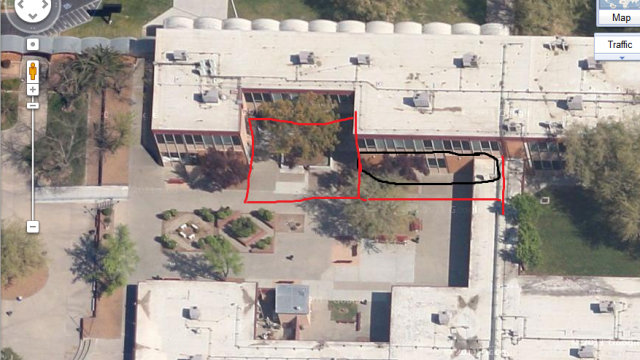
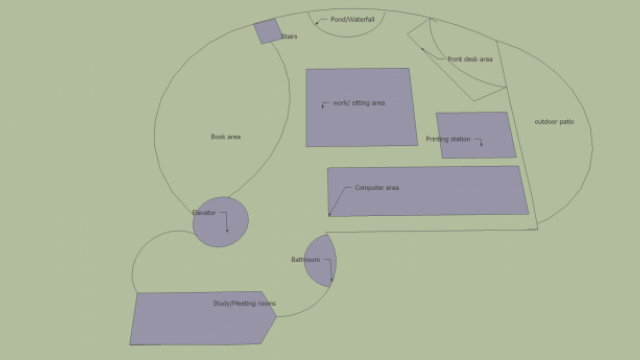
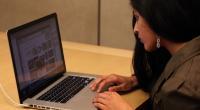









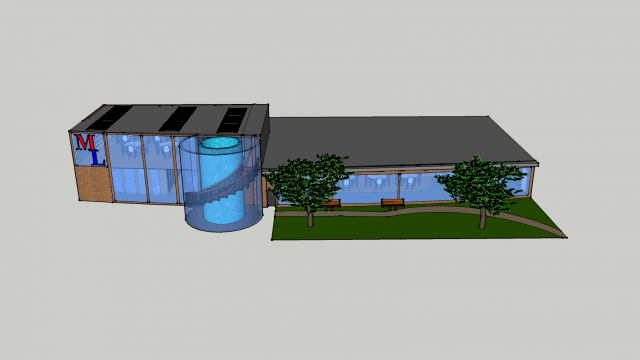
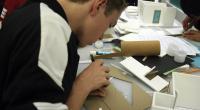








Comments
I am impressed that you know what the International Style movement is - but it is more than an aesthetic! You can use some of the principles of mid-century modernism to help you meet your design goals.